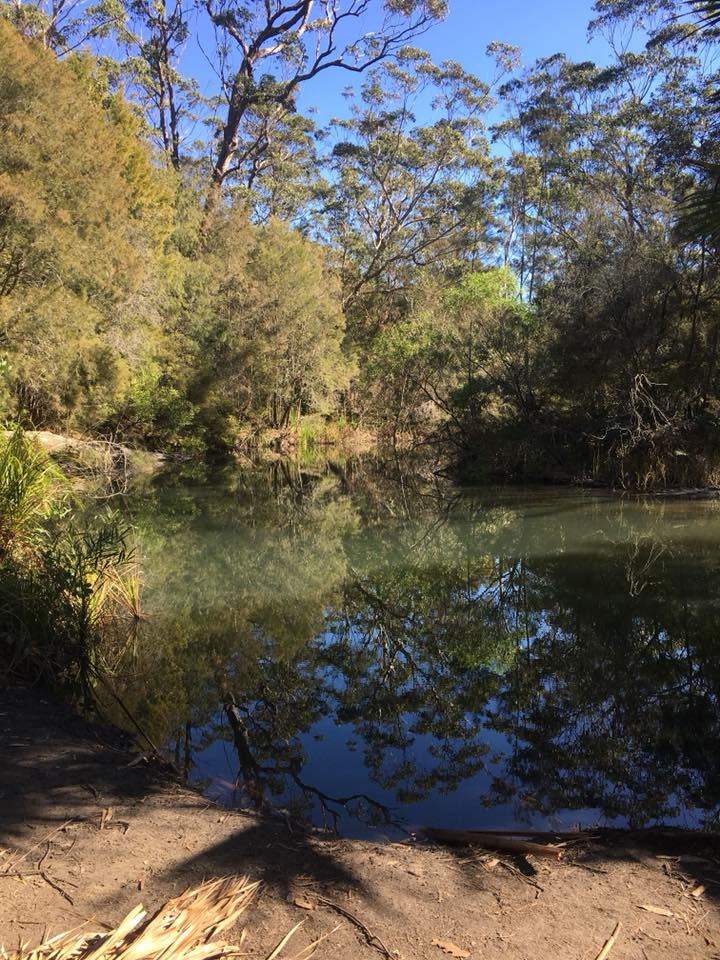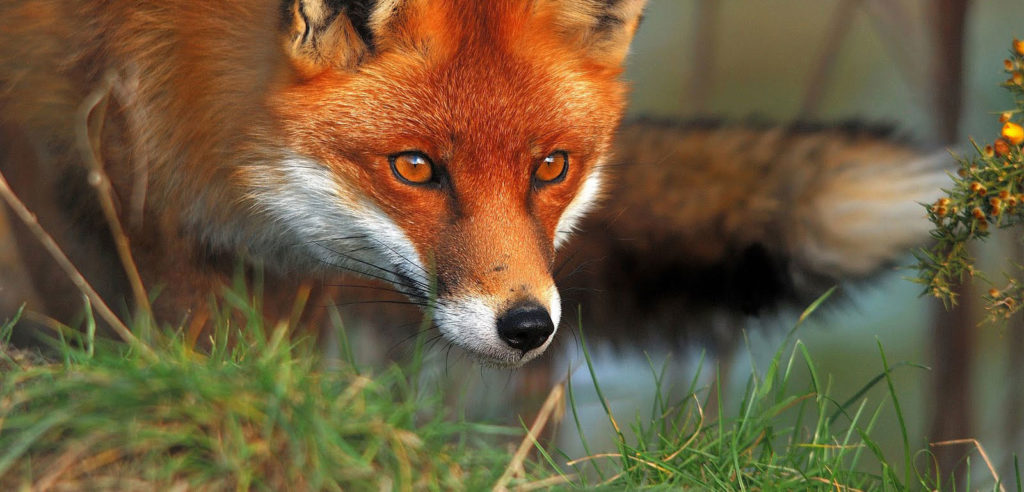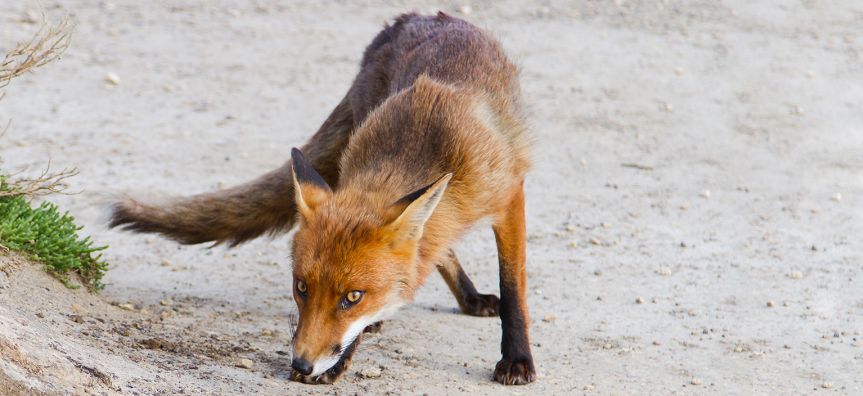Over a thousand fox baits have been laid out in several reserves along Northern Beaches, including Jamieson Park and Deep Creek Reserve at Narrabeen, starting 25 February until 15 March 2019.
The Northern Beaches Council has an ongoing program of fox baiting in five different reserves, namely Manly Dam in Many Vale, Allenby Park in Allambie Heights, Middle Creek Reserve in Oxford Falls, and Jamieson Park and Deep Creek Reserve in Narrabeen.
This fox baiting program runs from 25 February until 15 March 2019. Please be advised that all reserves listed for fox baiting will be closed to household pets such as cats and dogs during baiting period and also 4 weeks post baiting, specifically until 12 April 2019.
Warning signs were put out on display to all the affected areas for reminders and also to notify the public about the ongoing fox baiting program by the Council.

Photo credit: www.northernbeaches.nsw.gov.au

Photo credit: Mark Zambelli/ Facebook
The Fox Factor
European red foxes (Vulpes vulpes) were first introduced in Australia during 1855 for recreational hunting. Since then, its population had expanded greatly in all states and territories of Australia except Tasmania.
Foxes are nocturnal, territorial, and naturally skilled hunters and scavengers. They are known to have a surplus killing behaviour, which means they may kill more prey than they can consume. They have also adapted well to urbanisation over the years. Today, foxes are widely considered as pests for they pose a major threat to the survival of many species of animals.
Over the years, the increase of the population of foxes have been observed to coincide with the regional extinctions of several species of wildlife including bettong, the greater bilby, numbat, bridled nail-tail wallaby and the quokka. At present, many of these species persist only on islands or areas of the mainland where foxes are rare or absent.
Foxes also threaten the livestock industry which includes poultry, lambs, and goats. And aside from its threat to the survival of animals, foxes may also pose a health risk to both household pets and humans through the transmission of diseases and parasites such as distemper, parvo virus, and mange.
Fox Control Programs

Fox control programs aim to control the expansion of foxes in order to protect native and domestic animals. More importantly, it strives to return native animals to their natural habitats where they were once considered locally extinct. Activities of the program include monitoring, baiting, having scientific surveys of native animals, and community notification.
Methods for controlling foxes include shooting, poisoning, trapping, fumigation, and fencing. However, fox baiting with 1080 poison is considered to be the most effective and also cost-effective method for controlling foxes.
1080 poison is made up of sodium monofluoroacetate, an organic salt that occurs naturally in a range of Australian plant species that is toxic to a broad range of animals including foxes and dogs.
All procedures for fox baiting must be done strictly in order to minimise the risk of other animals and domestic pets. Extra precautions must also be done by pet owners during fox baiting periods.
Click here to find out more about Fox control in New South Wales.








